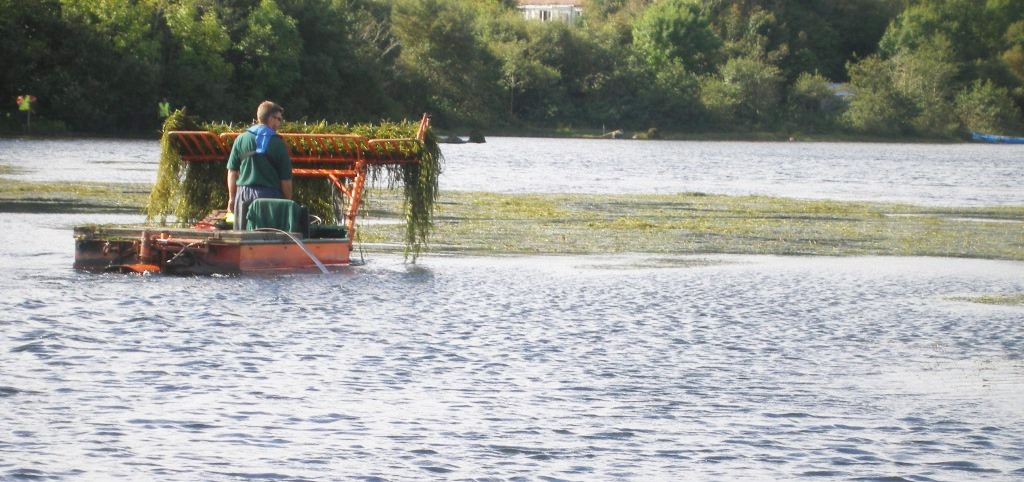Lakes and ponds can be beautiful sources of relaxation and fun. They are also home to a thriving ecosystem of aquatic animal and plant species. However, weeds can cause a slew of problems if they are not properly managed. If a lake or pond is overgrown it is possible that the whole ecosystem will suffer and even disappear. Aquatic weeds also cause bodies of water to appear slimy and unappealing. If they remain unmaintained, these weeds can cause problems such as:

1. Low Dissolved Oxygen Levels
Aquatic wildlife is very dependent on a balanced level of dissolved oxygen within lakes and ponds. Water with too much phosphorous or nitrogen often results in the growth of algae. As the algae die, the decomposition process requires dissolved oxygen, leaving a lower level for fish and other water creatures to use. While algae tend to be the biggest contributor to this problem, the decomposition of submerged plant growth can also be responsible for lower dissolved oxygen levels.
2. Toxins
Certain types of aquatic weeds release toxins that have incredibly negative effects on the surrounding wildlife. These toxins can be deadly to fish species within lakes and ponds. Another effect of weed toxins is the permeation of a foul smell throughout the body of water harboring such plants. In order to create a healthy environment, aquatic weed control and maintenance should be performed frequently.
3. Limitation of Water Circulation
Aquatic weeds, whether floating or submerged, affect the flow of the water. A disrupted water flow causes a limitation of oxygen. For lakes that are widely trafficked by sailboats and fishermen, aquatic weeds can also make traveling difficult.
4. Reduction of Necessary Nutrients
Floating weeds, such as algae, create a layer of growth between sunlight penetration and the water beneath. Sunlight provides wildlife with many …
Continue reading